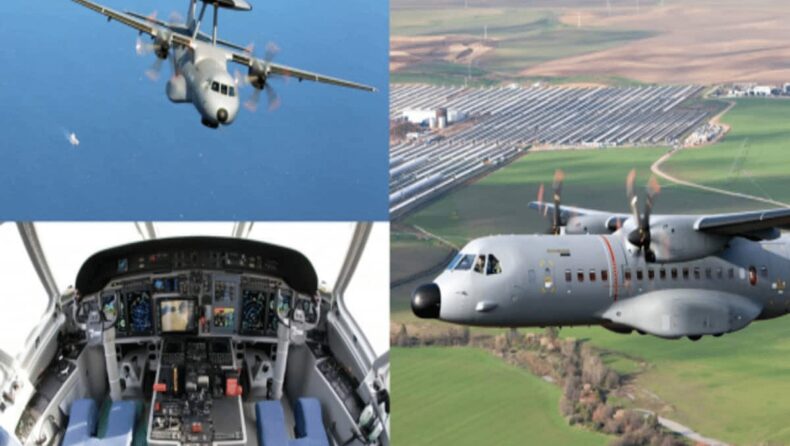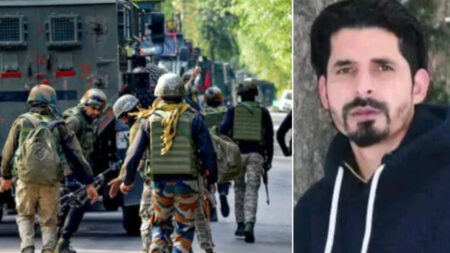In September last year, the government sealed a nearly ₹21,000 crore deal with Airbus Defence and Space to procure 56 C-295 aircraft to replace the IAF’s Avro-748.
The Airbus C295 military transport aircraft meant for the Indian Air Force will be manufactured by Tata Advanced Systems Limited (TASL) in Gujarat’s Vadodara. Defense secretary Ajay Kumar said Thursday the aircraft will be manufactured outside of Europe for the first time. The C295 I is a new-generation tactical airlifter in the light and medium segments.
In September last year, the government sealed a nearly ₹21,000 crore deal with Airbus Defence and Space to procure 56 C-295 aircraft to replace the IAF’s Avro-748. Of these, 16 will be delivered by Airbus in fly-away condition and the remaining will be built in India.

Here are five things to know about the Airbus C295:
1. According to Airbus, the C295 conducts all-weather multi-role operations worldwide. “It is fully certified and routinely operates day and night in combat missions in all weather extremes, from desert to maritime environments, from extremely hot to extremely cold temperatures,” the company says on its website.
2. The aircraft can be transformed into several variants, including a water bomber, an air tanker (for air-to-air refueling), for transporting VIPs, and for medical evacuation.

3. The C295 has the longest unobstructed cabin in its class – 12.7 m or 41 ft 8 in in length. Airbus claims the aircraft can accommodate up to 71 seats, offering a much higher personnel-carrying capability than its competitors.
4. The aircraft has a glass cockpit with digital avionics, including four large active matrix liquid crystal displays (6 x 8 inches) that are compatible with night vision goggles. “The advanced integrated avionics system with multifunctional displays provides improved situational awareness and flight safety, lower pilot workload, and enhanced mission effectiveness.”
5. The C295 comes with a short take-off and landing (STOL) feature. The STOL feature combined with a strong landing gear enables the aircraft to operate in most austere locations with the worst conditions for take-off and landing.














